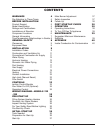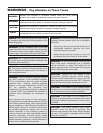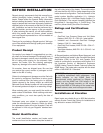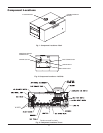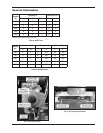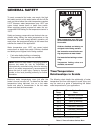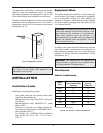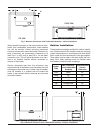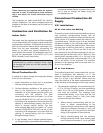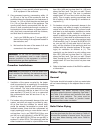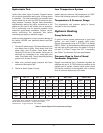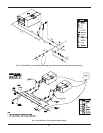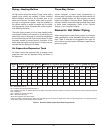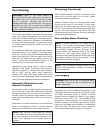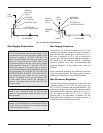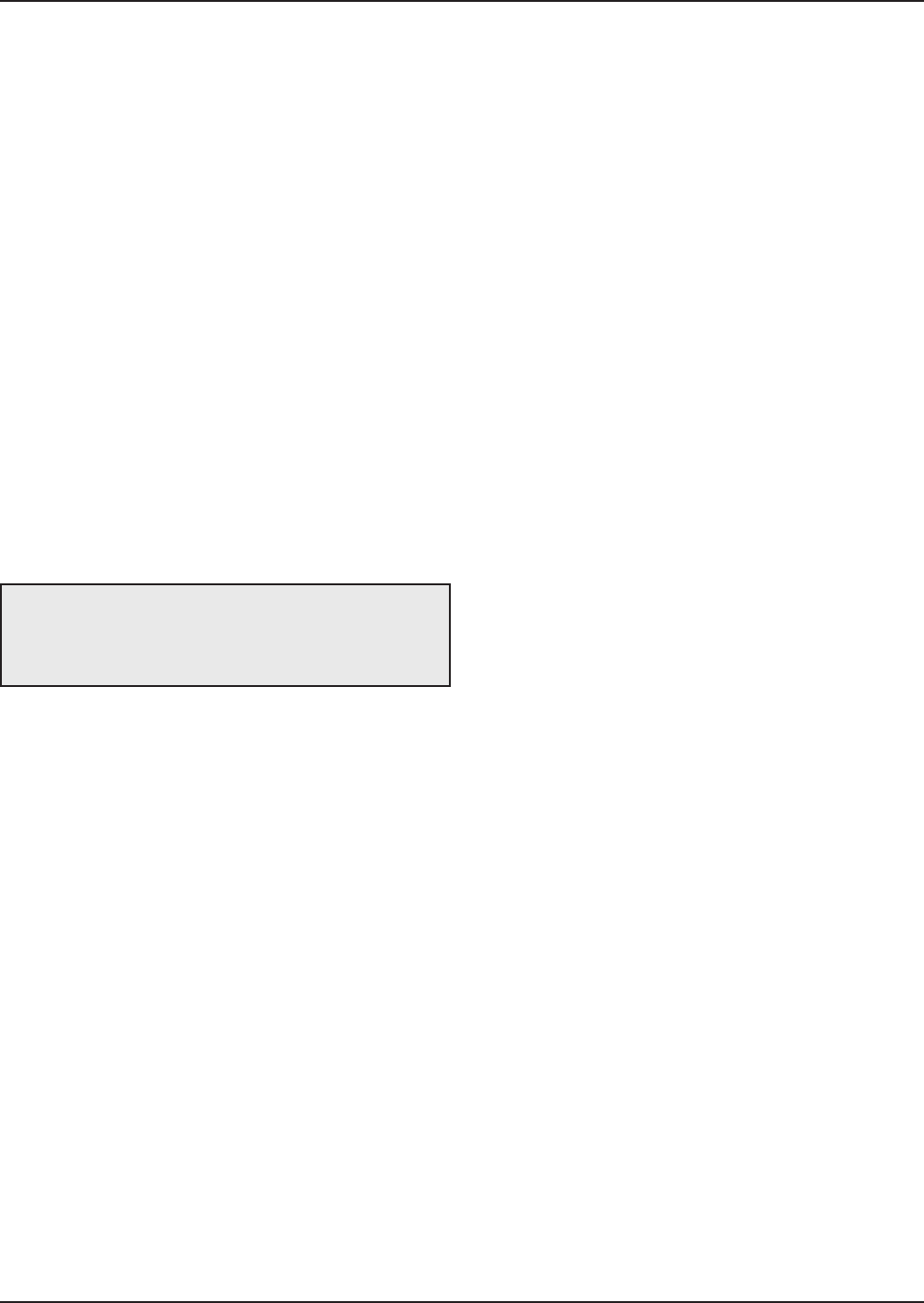
11
a motorized sealed damper to prevent the circula-
tion of cold air through the heater during the
non-operating hours.
Conventional Combustion Air
Supply
U.S. Installations
All Air from Inside the Building
The confined space shall be provided with two perma-
nent openings communicating directly with an
additional room(s) of sufficient volume so that the com-
bined volume of all spaces meets the criteria for an
unconfined space. The total input of all gas utilization
equipment installed in the combined space shall be
considered in making this determination. Each open-
ing shall have a minimum free area of 1 square inch
per 1,000 Btu per hour (22 cm² per kW) of the total
input rating of all gas utilization equipment in the con-
fined space, but not less than 100 in.² (645 cm²). One
opening shall commence within 12 in. (30 cm) of the
top, and one opening shall commence within 12 in. (30
cm) of the bottom, of the enclosure. The minimum
dimension of air openings shall be not less than 3 in.
(8 cm) in any direction.
All Air from Outdoors
The confined space shall communicate with the out-
doors in accordance with methods 1 or 2. The
minimum dimension of air openings shall not be less
than 3 in. (8 cm) in any direction. Where ducts are
used, they shall be of the same cross-sectional area
as the free area of the openings to which they connect.
1. Two permanent openings, one commencing with-
in 12 in. (30 cm) of the top, and one commencing
within 12 in. (30 cm) of the bottom, of the enclo-
sure shall be provided. The openings shall
communicate directly, or by ducts, with the out-
doors or spaces (crawl or attic) that freely
communicate with the outdoors.
a. Where directly communicating with the out-
doors or where communicating to the
outdoors through vertical ducts, each opening
shall have a minimum free area of 1 sq in. per
4000 Btu per hr (5.5 cm
2
per kW) of total input
rating of all equipment in the enclosure.
b. Where communicating with the outdoors
through horizontal ducts, each opening shall
have a minimum free area of 1 sq in. per 2000
Combustion and Ventilation Air
Indoor Units
The heater must be supplied with sufficient quantities
of non-contaminated air to support proper combustion
and equipment ventilation. Combustion air can be sup-
plied via conventional means where combustion air is
drawn from the area immediately surrounding the
heater, or via direct vent, where combustion air is
drawn directly from outside. All installations must com-
ply with the requirements of the NFGC (U.S.) and
B149 (Canada), and all local codes.
Direct Combustion Air
If outside air is drawn through the intake pipe directly
to the unit for combustion:
1. Install combustion air direct vent in accordance
with the venting section of this manual.
2. Provide adequate ventilation of the space occu-
pied by the heater(s) by an opening(s) for
ventilation air at the highest practical point com-
municating with the outdoors. The total
cross-sectional area shall be at least 1 in.
2
of free
area per 20,000 BTUH (111 mm
2
per kW) of total
input rating of all equipment in the room when the
opening is communicating directly with the out-
doors or through vertical duct(s). The total
cross-sectional area shall be at least 1 in.
2
of free
area per 10,000 BTUH (222 mm
2
per kW) of total
input rating of all equipment in the room when the
opening is communicating with the outdoors
through horizontal duct(s).
3. In cold climates, and to mitigate potential freeze-
up, Raypak highly recommends the installation of
CAUTION: Combustion air must not be
contaminated by corrosive chemical fumes which
can damage the heater and void the warranty. (See
the Appendix.)
These clearances are required when the outdoor
vent cap is used. If installing the heater outdoors
with a vent stack, the indoor clearances may be
utilized.
The combustion air intake hood MUST be used for
outdoor installations. The hood is shipped loose and
installed on the side of the heater over the filter box at
the job site.



